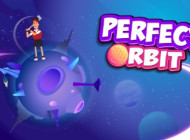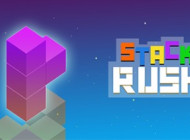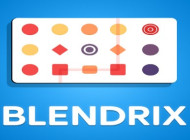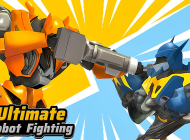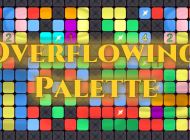Relate Games
pushover 3d
Pushover 3D – The Evolution of Sports Games
Pushover 3D is an exciting example of how sports games have evolved over time. The history and growth of sports games reflect significant technological advancements, from the simple, pixelated visuals of arcade-style games to the realistic simulations that dominate the gaming world today.
The History and Growth of Sports Games
Sports games have a long history, beginning in the arcades of the 1980s, where players could enjoy fast-paced, action-packed gameplay. These early games, while fun, lacked the realism and strategy seen in today’s sports simulations. As technology advanced, so did the complexity of the games, which led to more immersive experiences. Pushover 3D is part of this evolution, blending dynamic gameplay with more realistic physics and visuals.
Comparing Arcade-Style Games to Modern Simulations
Arcade-style games were designed to be accessible and fun, offering a simple, action-oriented experience. Players could jump right into the game, with controls and objectives that were easy to grasp. However, modern sports simulations, including Pushover 3D, have become more sophisticated, incorporating realistic physics, lifelike player movements, and intricate game mechanics. These simulations focus on providing players with a more authentic sports experience, offering in-depth strategy and realistic visual fidelity.
How Advancements Have Made Sports Games More Realistic
Advancements in graphics and artificial intelligence have made sports games like Pushover 3D more realistic than ever before. The detailed environments, lifelike player animations, and advanced physics engines create a sense of immersion, making players feel as though they are truly part of the game. Furthermore, the introduction of real-time weather systems and adaptive AI has elevated the gameplay experience, offering challenges that mimic real-life sports.
The Future of Sports Games in eSports and Virtual Reality
The future of sports games is incredibly exciting, with the rise of eSports and virtual reality offering new avenues for players to interact and compete. Pushover 3D could pave the way for more immersive VR sports experiences, where players physically engage with the game environment. As technology continues to evolve, the possibilities for the future of sports games in eSports and virtual reality are endless, promising an even more exciting and interactive gaming experience.


















